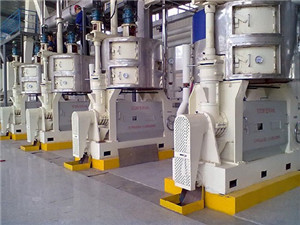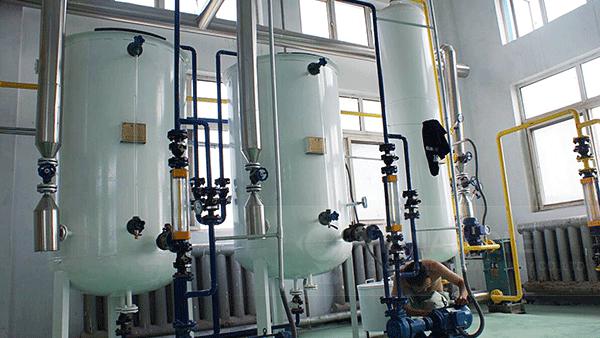
In the soybean oil refining process, deodorization plays a pivotal role in ensuring product quality and compliance with international export standards. Mastery of this stage—through precise control of temperature, vacuum, and steam flow—enables producers to eliminate undesirable odors and impurities, thus enhancing oil stability and consumer acceptance. This article explores the key principles behind soybean oil deodorization, compares various deodorization equipment, and outlines essential maintenance protocols proven effective in reducing production downtime and maintaining superior product consistency.
Deodorization is the final step in the refining process, where volatile compounds responsible for off-flavors and odors are removed. This typically occurs through steam distillation under high temperature and vacuum conditions, stripping away free fatty acids, peroxides, and other oxidation by-products. Maintaining optimal conditions is critical—temperatures generally range between 180°C and 240°C, vacuum levels are kept from 2 to 5 mbar, and steam flow must be regulated to ensure effective mass transfer without thermal degradation.
| Parameter | Optimal Range | Significance |
|---|---|---|
| Temperature | 180–240°C | Removes volatile impurities without damaging oil quality |
| Vacuum | 2–5 mbar | Facilitates efficient stripping at lower temperatures |
| Steam Flow | 10–20% of oil volume/hour | Ensures effective deodorization and volume maintenance |
Deodorization units vary primarily between horizontal and vertical configurations, each with differing advantages. Horizontal deodorizer systems typically feature superior condensate removal efficiency and are preferred for high-capacity plants, whereas vertical units excel in footprint savings and energy consumption. Moreover, modern energy-saving deodorization systems employ enhanced heat recovery technology, potentially reducing steam consumption by up to 25% compared to traditional systems. Selecting the appropriate technology depends on plant scale, energy costs, and desired throughput.

For mid-sized oil refineries, common issues such as undesirable post-deodorization color variations or residual odor can stem from operational deviations. For instance, temperature spikes above 240°C may cause thermal oxidation, resulting in darker oil and compromised taste. Insufficient vacuum or steam supply leads to incomplete volatile removal, leaving subtle odors. Regularly calibrating sensors and conducting real-time monitoring can reduce such risks. One case study demonstrated that systematic equipment tuning and steam flow optimization increased deodorization efficiency by 12%, leading to consistent compliance with international grading.
| Maintenance Item | Daily Task | Weekly Task |
|---|---|---|
| Vacuum System | Check vacuum gauge and leaks | Lubricate vacuum pump; inspect seals |
| Heating System | Monitor temperature stability | Clean heating elements; verify thermostat calibration |
| Steam Injection | Check steam flow and pressure | Inspect steam nozzles and clean filters |
| Deodorizer Vessel | Visual inspection for leaks or corrosion | Perform integrity pressure test |
"Adhering to GB/T 1535 and related international food safety standards guarantees that deodorized soybean oil consistently meets quality benchmarks required by global markets." – Industry Expert
Confirming adherence to standards such as GB/T 1535-2020 not only assures product safety but also facilitates smoother customs clearance and buyer confidence abroad. Employing validated process controls during deodorization mitigates variability, ensuring every batch aligns with parameters like peroxide levels, free fatty acid content, and sensory evaluation benchmarks.

The industry increasingly embraces advanced deodorization technologies that reduce energy consumption and environmental impact. Innovations such as multi-stage stripping, regenerative heat exchangers, and vacuum steam injection systems have demonstrated steam savings of up to 25% and lower greenhouse gas emissions. Incorporating these technologies not only aligns with global sustainability mandates but also reduces operational expenses over the mid to long term.

Take control of your soybean oil’s quality and compliance —Master these deodorization techniques today and make every barrel export-ready.

